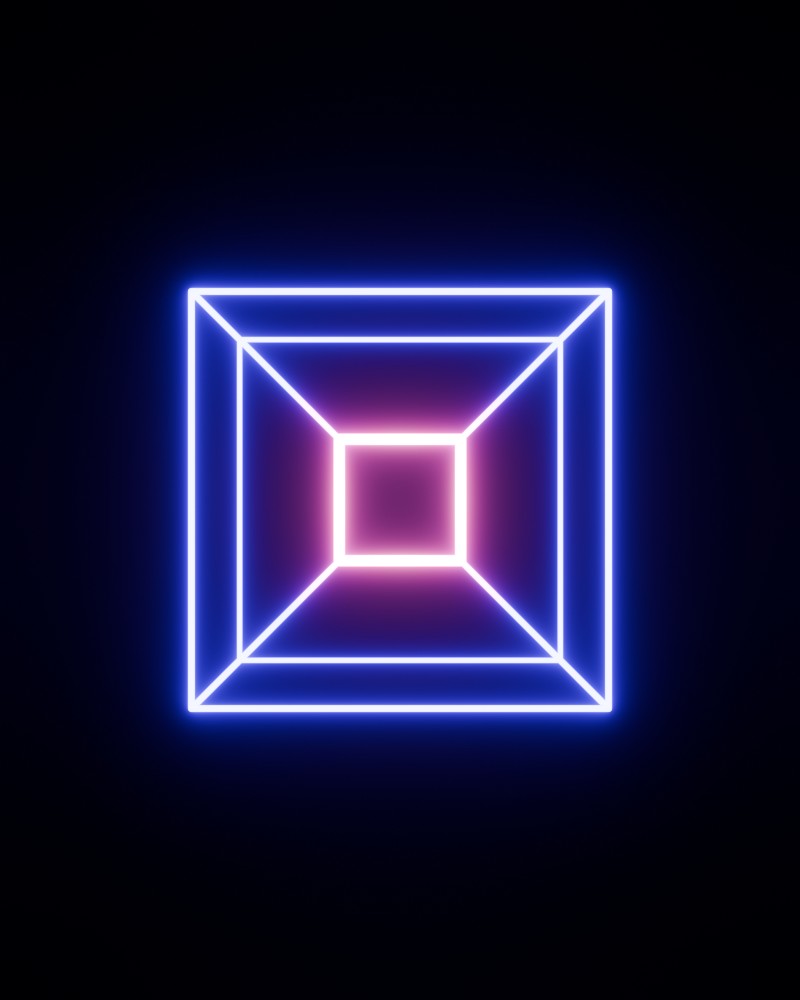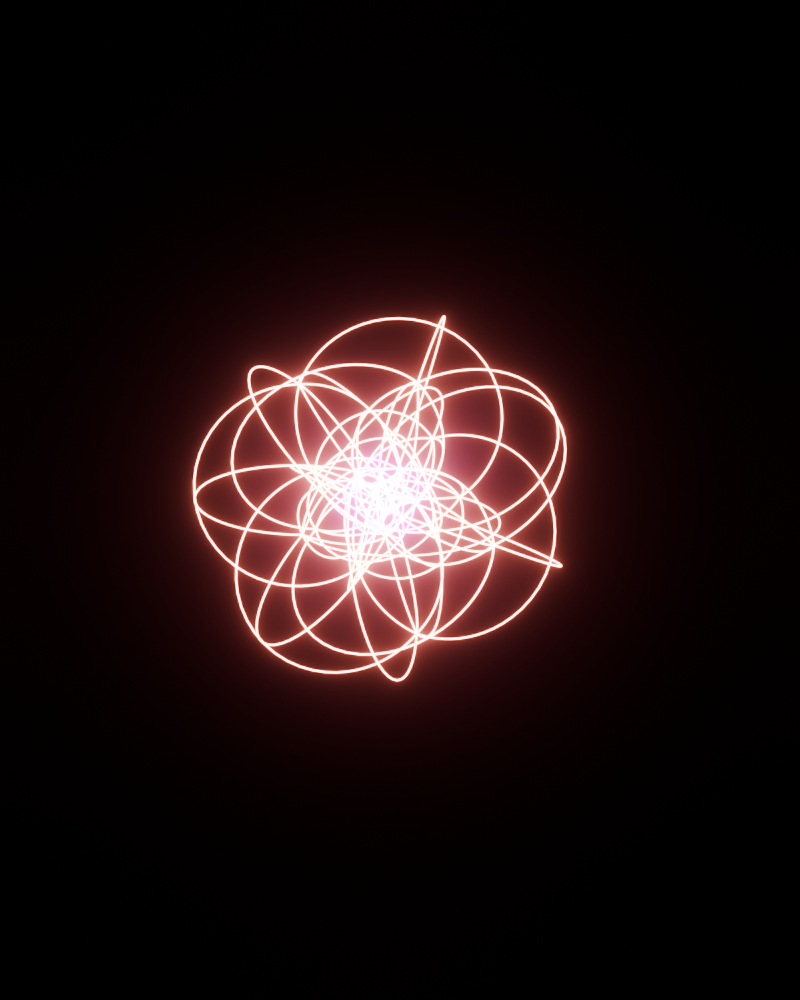Exploring Fourth Dimension: 4D Art
Share
Defining 4D Art
A Sculptor's Guide to the Fourth Dimension, Stereographic Projection, and AI-Collaborative Geometry

In a world constrained by three dimensions, the concept of 4D Art opens doorways to realms beyond ordinary perception. As a 4D artist known as Pardesco (Randall Morgan), my passion lies in visualizing these higher dimensional spaces through innovative techniques that bridge complex mathematics, AI technology, and fine art sculpture.
What is the Fourth Dimension in Art?
My artistic exploration began with a deep fascination for geometric complexity. While most sculptors work within the familiar confines of height, width, and depth, I found myself drawn to the mysterious fourth dimension—a realm that exists mathematically but remains beyond direct human perception.
 Tap to play
Tap to playThe Tech Stack: AI-Collaborative 4D Visualization
For years, I worked with static projections—frozen moments of four-dimensional forms. But I envisioned something more: watching these shapes rotate in real-time through four-dimensional space, their edges curving and morphing as they turn through planes (like the XW or YW planes) that we cannot directly perceive.
A New Era of Artistic Tooling
To achieve this, I utilized agentic AI workflows—specifically acting as the Creative Director while using Claude Code as my technical engineer. Together, we built a custom interactive web-based viewer that renders 4D polytopes rotating in real-time.
This wasn't about AI generating the art. It was about AI empowering the 4D artist to build complex tools. I brought the mathematical understanding of stereographic projection, and the AI handled the coding implementation. The result is a system that allows us to see edges curve and breathe as they rotate through the fourth dimension—a visual phenomenon usually lost in standard perspective projection.
Stereographic Projection: Seeing the Curves
The key to authentic 4D art lies in the projection method. Most visualizations use perspective projection, which straightens lines. I utilize Stereographic Projection. This technique preserves the angles at which curves meet, resulting in "blooming" geometries that reveal the true topology of the hypersphere.
 Tap to play
Tap to playThe 120-Cell: 600 Vertices of Symmetry
Watch the most complex regular 4D polytope rotate through higher-dimensional space. In this visualization, straight edges in 4D appear curved in 3D, similar to how lines of longitude curve on a map.
 Tap to play
Tap to play
Gallery: A Taxonomy of Higher-Dimensional Forms

Tesseract (Hypercube)
8 cubic cells • 16 verticesThe 4D equivalent of a cube. Watch the inner cube expand to become the outer cube as it rotates.

10-Pen (Decachoron)
10 tetrahedral cells • 10 verticesFive tetrahedra joined in perfect 4D symmetry. Simple, yet elegantly complex in rotation.

10-Pen Variation
Alternate rotation axisThe same polytope rotated through a different 4D plane, revealing entirely different visual characteristics.
From Code to Metal: The Physical Art
While digital visualization is powerful, my ultimate goal as a 4D artist is to bring these objects into our physical reality. The challenge is immense: How do you cast a projection of a form that exists in four dimensions?
Using the data from my custom software, I export 3D printable meshes of these stereographic projections. These serve as the "lost wax" masters for casting in bronze and silver.

Sitphi
3,600 Edges of a 4-Dimensional Object
Sitphi represents the culmination of this process. It captures the 120-cell at a precise moment of rotation, freezing the hyper-dimensional curvature into a static object that our minds can explore. It is not just a sculpture; it is a shadow cast by a higher dimension.
Share this research:
